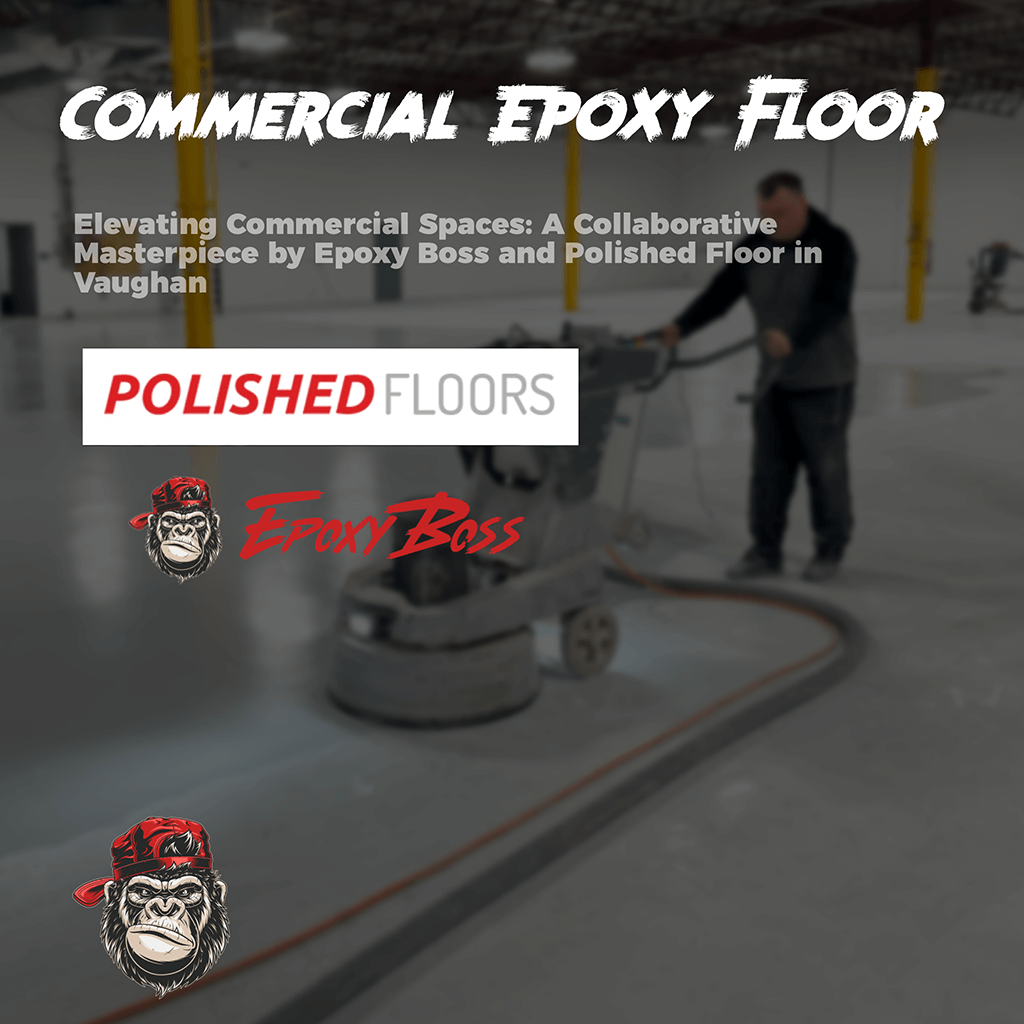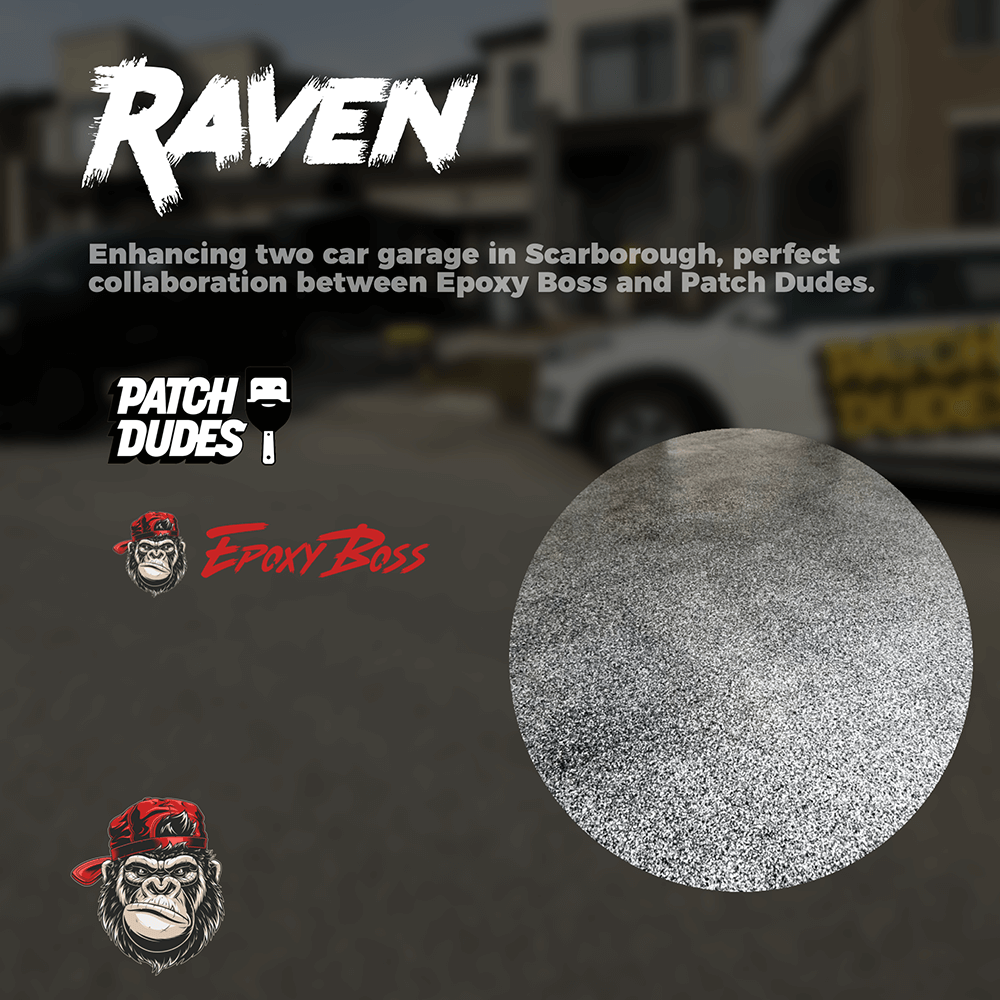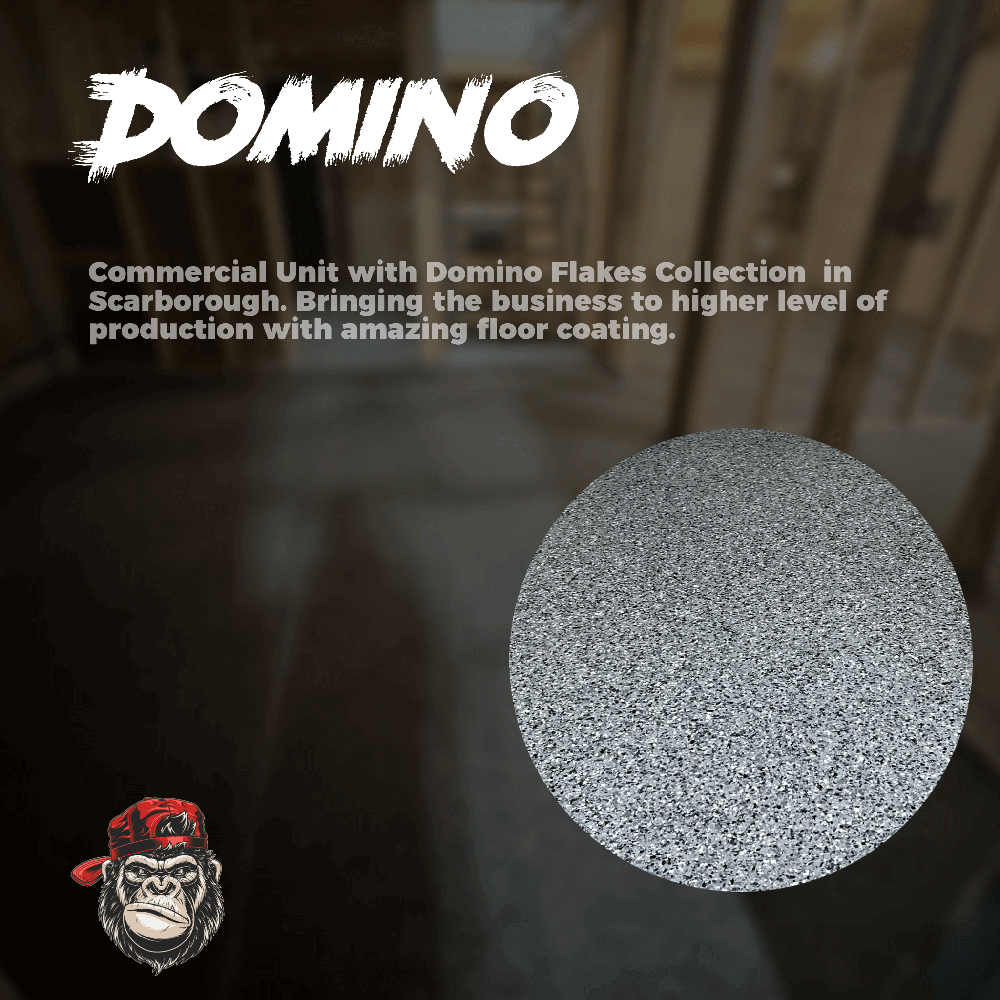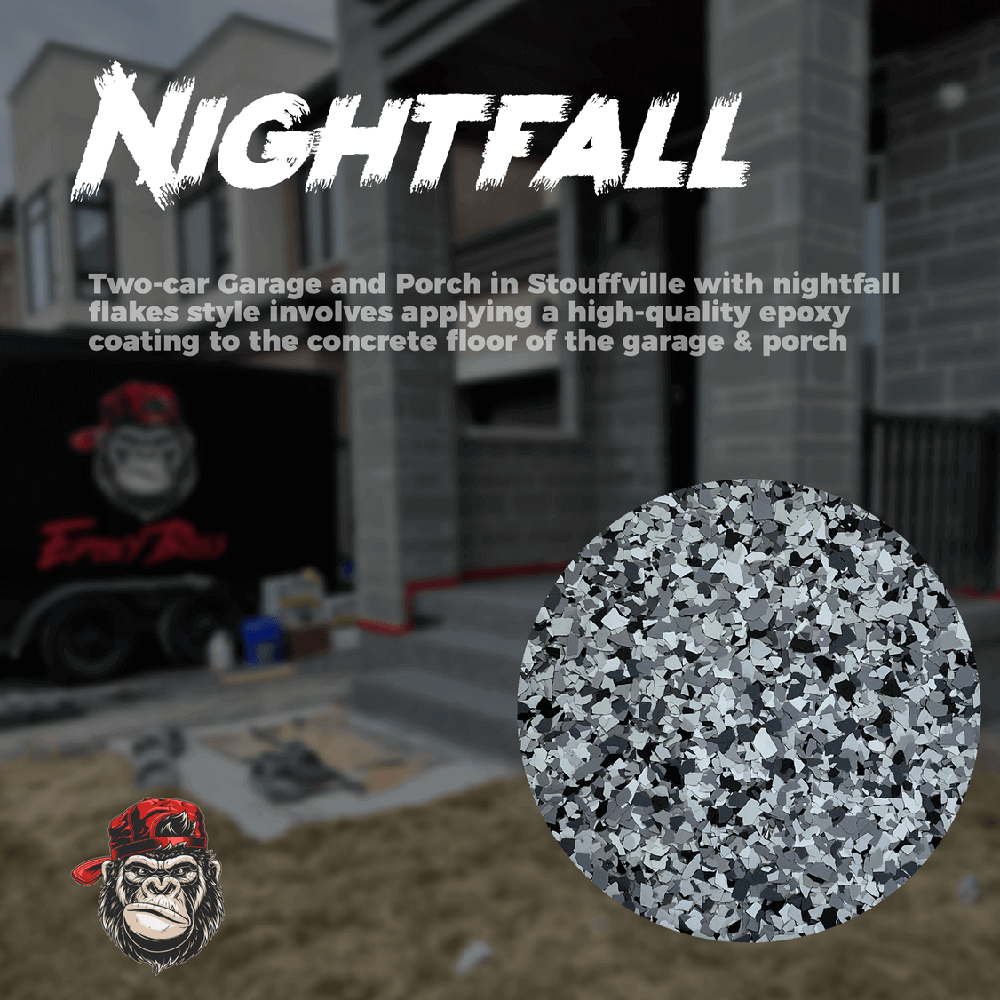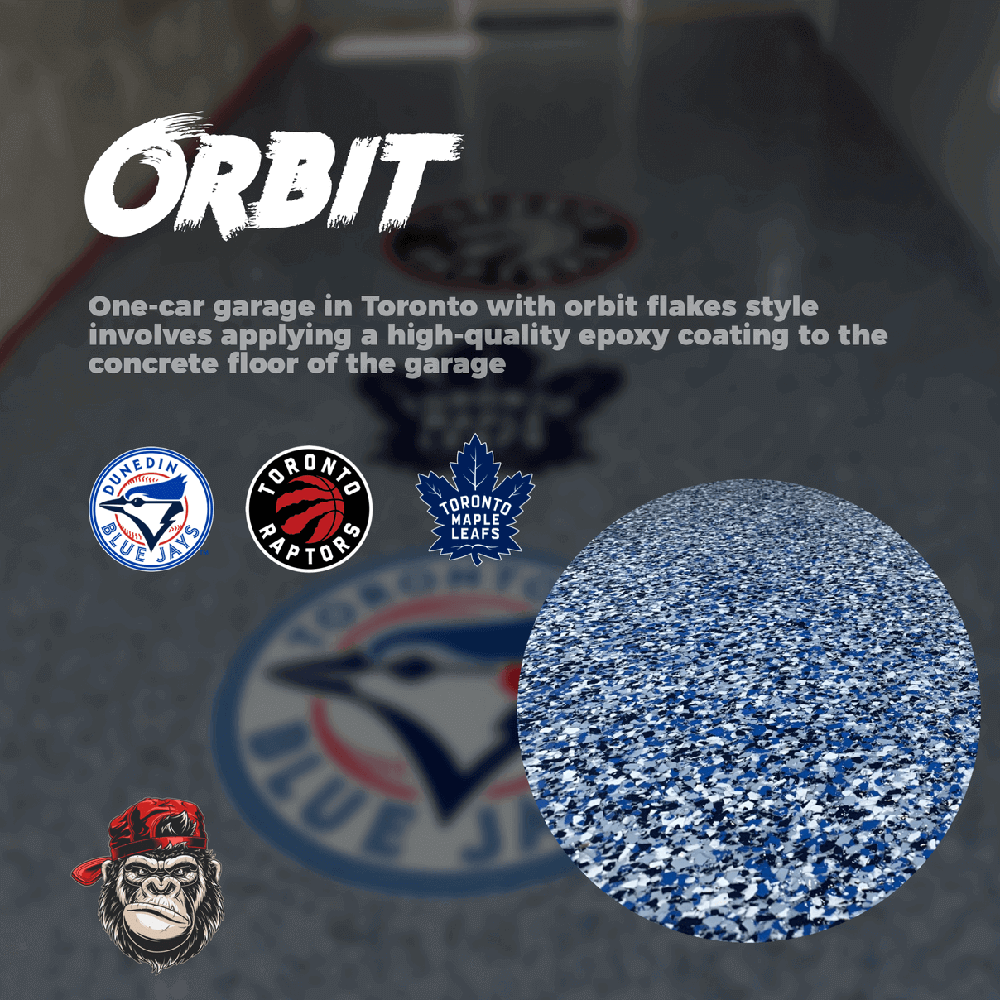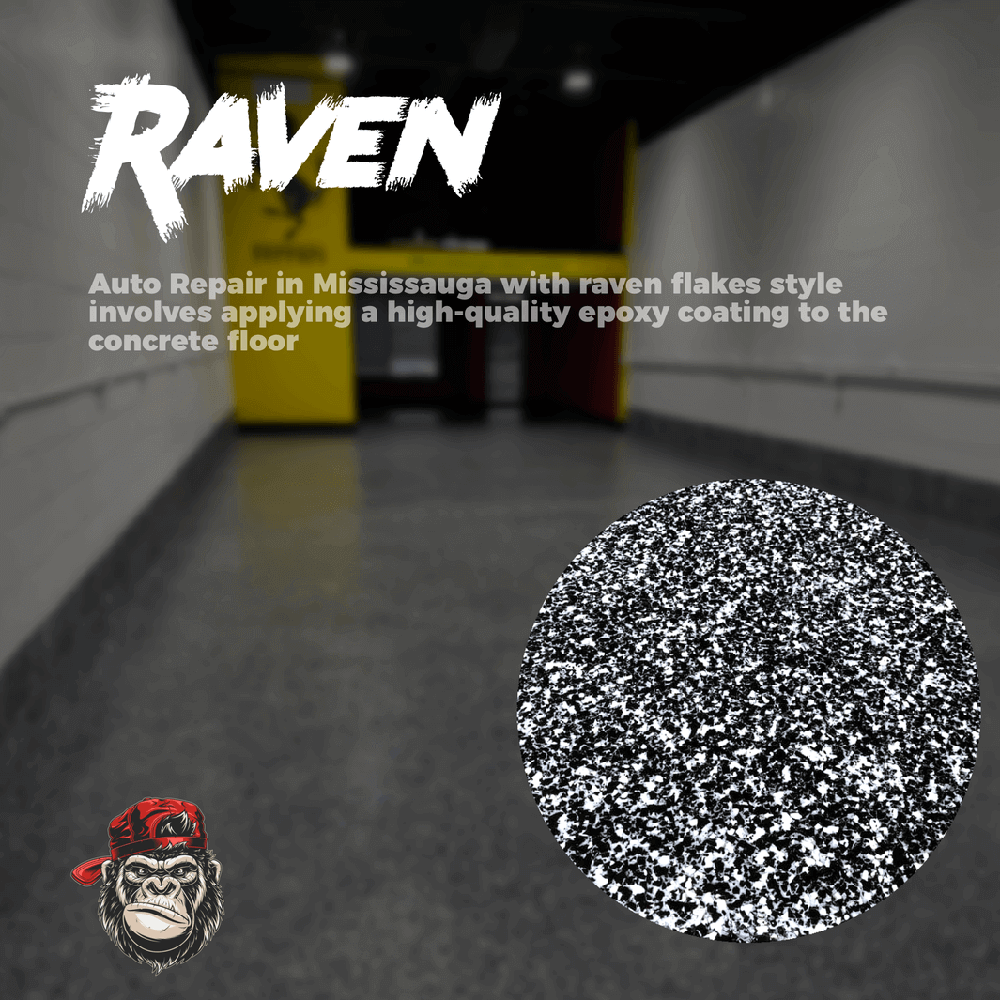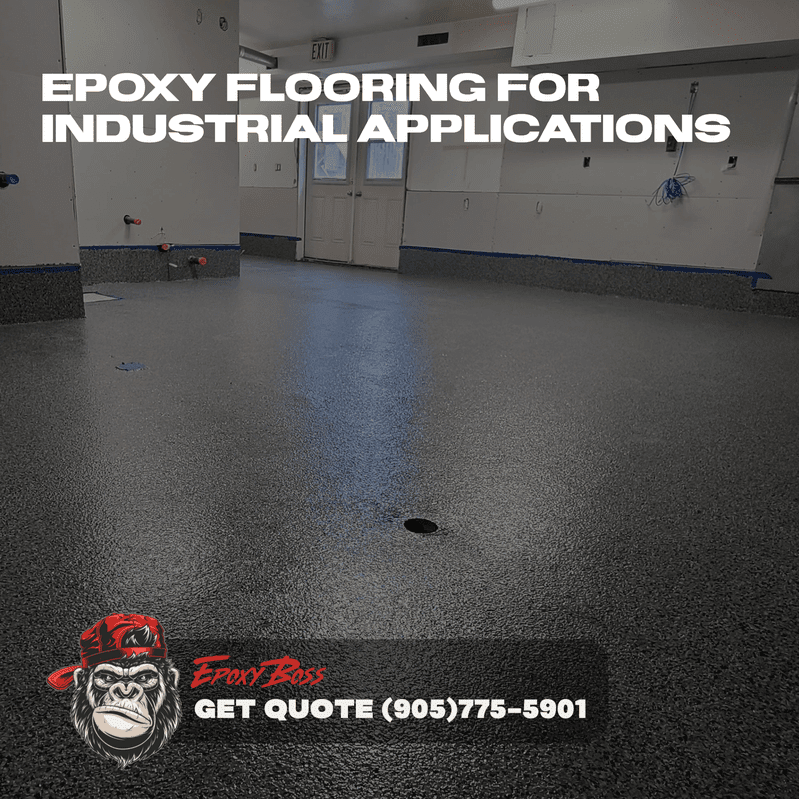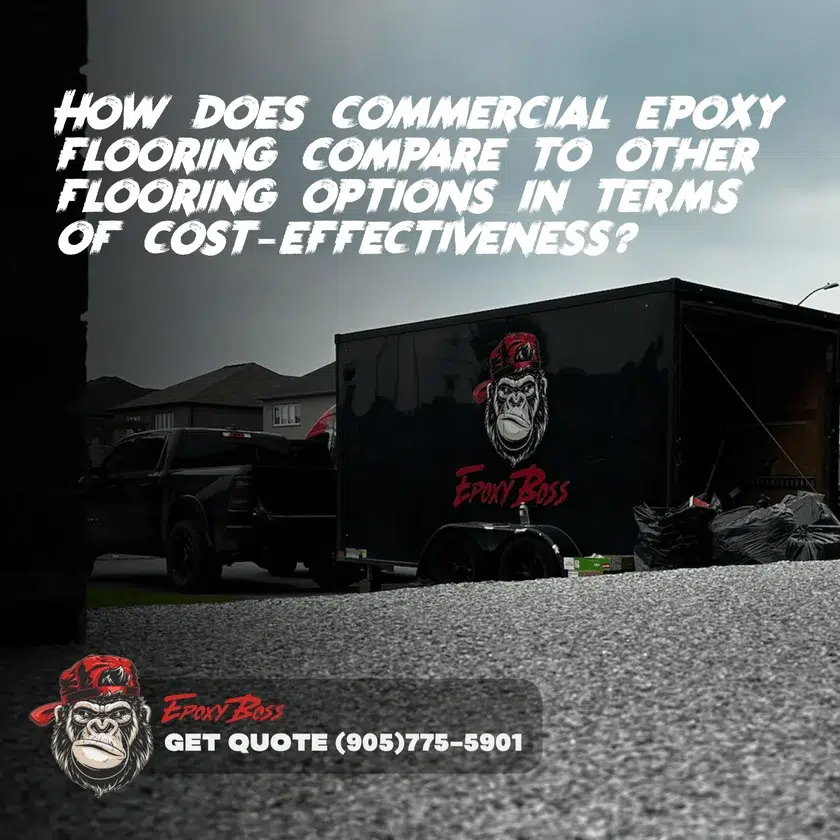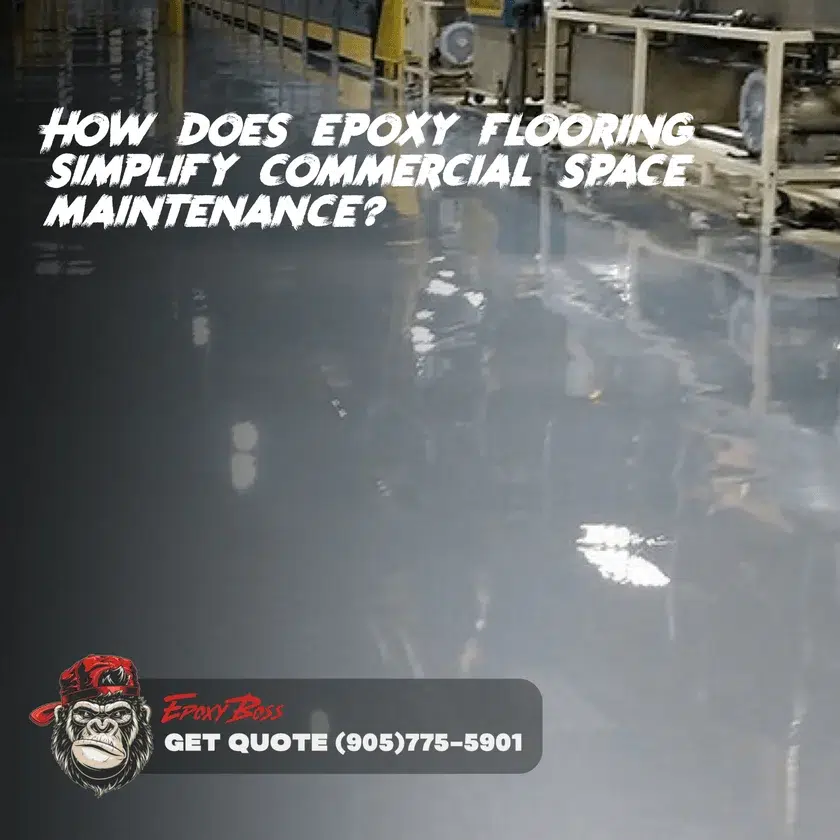Are there any specific considerations for choosing the right epoxy thickness or coating system for different commercial applications?
Epoxy Floor Thickness Standards – Learn how to select the ideal epoxy thickness and coating system for various commercial applications
- Substrate and Surface Conditions
- Environmental Conditions
- Purpose of the Coating
- Thickness Requirements
- Adhesion and Surface Preparation


